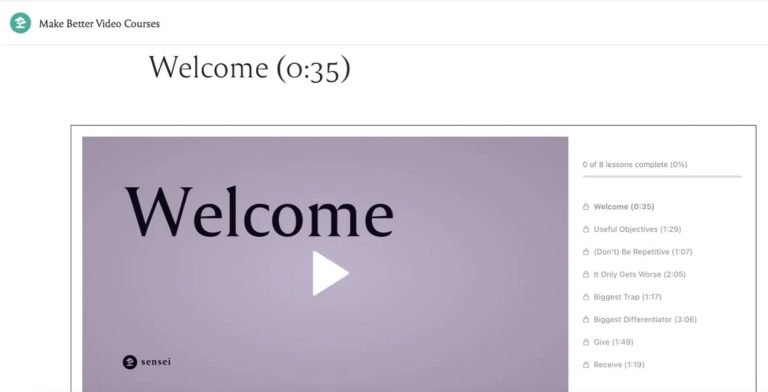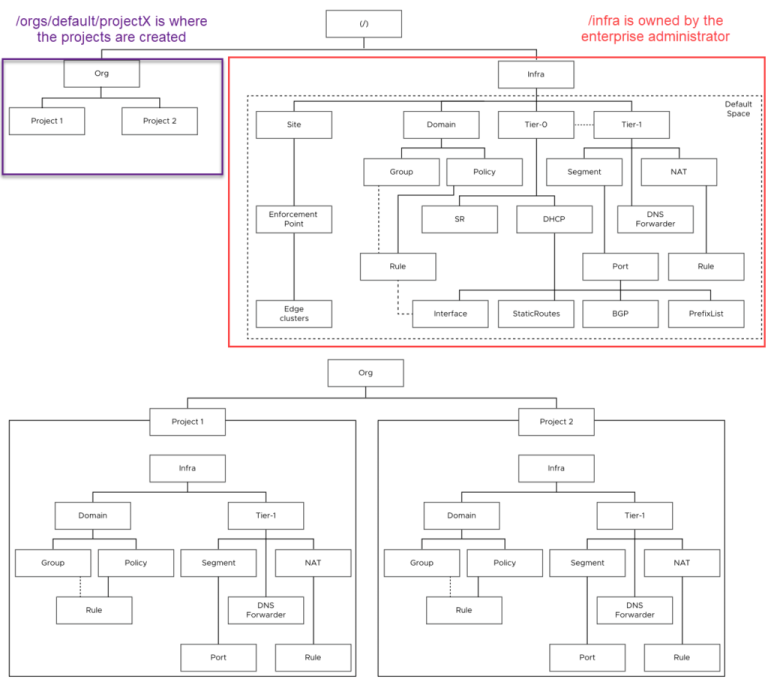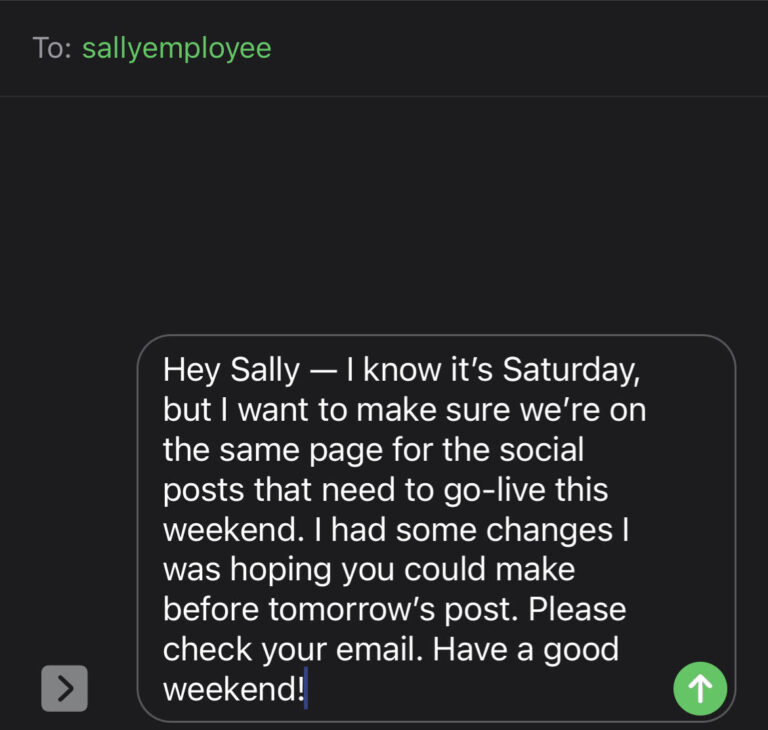
Key takeaways
Whether you follow a formal or casual form of project management, a project closure checklist is one of the best ways to ensure you’ve tied up loose ends and completed a contract so you can move onto the next project. If you’re managing a larger project with multiple phases, a project closure checklist can work in conjunction with milestones, giving you the opportunity to release funds, collect payment, reallocate resources, and learn from mistakes.
What is a project closure checklist?
At the start of a project is initiation and project planning and at the end of it is project closure. The checklist includes a list of everything you need to make sure your team stayed on track throughout every phase. In some industries, a project closure package is built into a contract and must be delivered at the end of a project.
The list typically includes tasks a project manager completes to show work was finished, stakeholder approvals were acquired, and subcontractors, if there are any, have been paid. You may also include a summary or report of the completed project with comparison between the planned and actual deadlines and costs, plus clarification of changes throughout the project’s life cycle. If you’re familiar with scrum, think of the project closure as a retrospective performed at the end of each sprint.
Step-by-step guide to creating a project closure checklist
You can create your own project closure checklist in Excel or Google Sheets, for example. However, some of the best project management software usually include a premade template of a project closeout checklist for various industries. Here are the steps you should take when creating a basic checklist:
- Cross-reference the project scope or project plan and contract to the finished project to confirm all deliverables have been finished, approved, and accepted. Include milestones or phases in your list to keep track of your comparisons.
- This may also include inspections or certificates of occupancy, depending on your industry.
- As project owner or manager, you should obtain approval from clients and stakeholders at this point.
- Ensure there are no outstanding tasks. Add a full list of all tasks you can refer to to make sure you haven’t left anything unstarted or unfinished.
- All industries are different, so there may be some caveats to this, such as ongoing change orders a general contractor needs to handle that go beyond the scope of a project.
- Compare planned versus actual timeline (start/end dates, dates of deliverables, milestones, etc.). List out the dates from the timeline side by side or use a chart to show when you hit deadlines and when you missed.
- Providing transparency builds trust with all parties and helps you identify areas of improvement.
- Make and collect final payments. Start with a list of all the financials and include receipts or invoices to be sure you don’t miss any. This is also a good time to submit your final invoice to the client.
- In some cases, you may need to request lien waivers after payment and these should be included in the project closure report.
- Pay all invoices and subcontractors.
- Submit final invoice to client.
- Collect all project documentation. Include a space for documents that may not be deliverables, such as receipts, waivers, permits, and the like.
- A project closure report should include budgets, logs, and any other documents that your specific project would require.
- Take note of failed or late tasks, early completion, and changes in the scope throughout the project’s life. This can be a summary or bulleted list of what went well and what the team could’ve done better that you can apply on your next project.
- You can start with a survey to your team and clients, which will help guide a retrospective or end-of-project review to help you learn lessons to take to future projects.
- Celebrate a job well done. You could include an extra checkbox in your list to remind you to take a breath and praise your team (and yourself) for the finalized project.
- Use the end of the project as an opportunity to praise the team, conduct performance reviews and promotions, and then reassign team members to new projects
Once you’ve created and completed all items on your checklist, it’s time to pass everything to a client, owner, or hand it over to another team such as operations. Some companies require project closure reports, while others do not.
There are several benefits to creating and following a project closure checklist.
Benefits of a project closure checklist
Project management is made up of multiple methodologies, even more methods, and basic project management phases, but each one tends to include a form of project closure. Without a project closure checklist, you risk letting tasks or documents fall through the proverbial cracks, which could delay payment, at the very least, or kill repeat business, at worst.
Leaves no stone unturned
When you force yourself to sit down and cross-reference the project scope and contract with the work done, it is easy to determine whether you and your team missed anything. It’s a tedious process, but it’s one of the best ways to make sure a product is completely finished before you deliver it.
To not use a project closure checklist is one of the biggest project management mistakes. Think of it as quality assurance in project management.
Allows you to reallocate resources
In the process of checking all the boxes on your project closure checklist, you may find a few unfinished tasks. Consider how much of your team you need to finish tying up loose ends and then switch to a skeleton crew. This will free up extra resources to get started on a new project and still focus on completing the current project.
Show actual vs. planned results
Most projects don’t go according to plan, and that’s okay. It’s important to pivot as needed and deliver a well-designed end product on time. There are plenty of tasks that get pushed back and still get done without harming the bottom line or the final due date. Showing planned vs. actual numbers offers the transparency your team needs and it can tell you where you may be overtaxing resources.
Helps you learn from mistakes and improve future projects
Sending a survey to your team and clients is a great way to get constructive criticism. What went well and what didn’t? Use a web-based form or send via email to all those who worked on the project, as well as project sponsors and clients. Give yourself enough lead time and make sure you add a deadline for responses. Helpful questions to ask include:
- How effective were the efforts to manage issues related to the project?
- How would you rate the project documentation?
- How would you rate the training received for the product?
- How effective was the project manager’s performance?
- How well did the project team execute the work required?
- On a scale of 1–10, how well were your expectations met?
- What worked well during the execution of the project?
- What were the biggest issues during this project?
- What lessons did you take away from the project?
- What questions should’ve been asked but weren’t?
Of course, these questions are just suggestions. You may need to ask more specific questions about timing of permits, delays on deliverables, or quality of work. Take the responses as lessons you learn from a project and use them in the next. Mistakes happen, but you can take preventative measures to ensure you don’t overload a couple of workers or overlook important dates for inspections, for example.
Speeds up processing of final payment
Large and long projects are often split into phases and you may get paid along the way such as at each milestone. That final payment doesn’t come until you deliver a final project, though. A project closure checklist can help speed along the process so you get all stakeholders to sign off on the final project and the line on that final check.
Creates opportunity to formally celebrate
Orphaned or neverending projects can be demoralizing to any project manager and team. When you close out a project properly, you can formally celebrate it as a win. Whether that includes dinner out together, bonuses, or a couple days off, it’s always beneficial to pat your team on the back for a job well done. A project closure checklist makes it much easier to put a project to bed and prepare for the next.
Project closure template examples
Depending on your industry or company, a project closure checklist could look very different. Use this project closure template as a starting off point. We kept it general to fit most basic projects, but you can tweak it to include multiple files or documents, inspection dates, code, or other deliverables.
Download our Project Closure Checklist Template for free:




